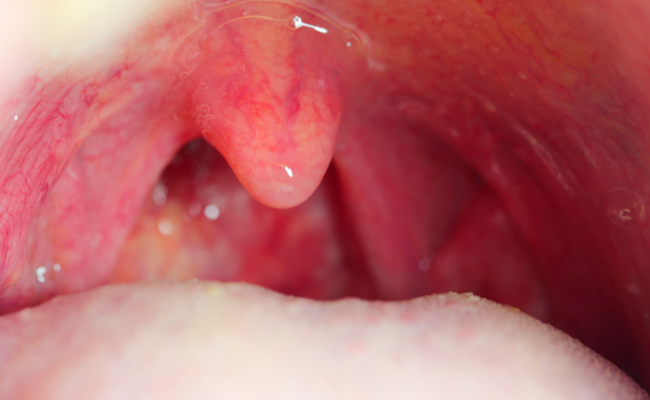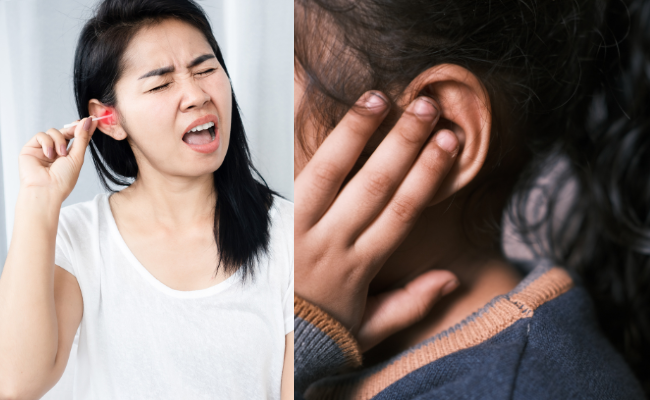How to Treat Glue Ear?
- October 11, 2023
- No Comments
What is Glue Ear?
Glue ear, or otitis media with effusion (OME), is a prevalent condition affecting the middle ear, known to occur commonly in children and occasionally in adults. This condition is characterized by the accumulation of a thick, glue-like fluid behind the eardrum, potentially leading to hearing impairment and discomfort. Although glue ear often resolves spontaneously, persistent cases may necessitate intervention. In children, glue ear, also recognized as otitis media with effusion, manifests as fluid buildup in the middle ear, causing temporary hearing loss. This occurrence is frequently linked to ear infections but can also arise due to obstructions affecting the child's Eustachian tube.
Why Does Glue Ear Occur?
Glue ear typically develops as a result of problems with the Eustachian tube, which connects the middle ear to the back of the nose. The Eustachian tube helps regulate air pressure in the middle ear and drain fluids. When this tube becomes blocked or fails to function correctly, fluid can accumulate, leading to glue ear. Common causes include allergies, respiratory infections, and sinus issues. Children are more susceptible to glue ear due to the smaller size and horizontal position of their Eustachian tubes.
How to Identify Glue Ear?
Identifying glue ear involves recognizing common signs and symptoms. Individuals with glue ear may experience hearing difficulties, a feeling of fullness or pressure in the ear, and, in some cases, mild pain. In children, this condition can contribute to delayed speech and language development. If you suspect glue ear, it is crucial to consult a healthcare professional for a thorough examination, including a tympanometry test to measure the flexibility of the eardrum.
Treatment Solutions for Glue Ear
- Watchful Waiting: In many cases, especially with mild glue ear, a "watchful waiting" approach is adopted. This involves monitoring the condition over time as it often resolves on its own. During this period, healthcare providers may recommend regular check-ups to assess any changes in symptoms.
- Nasal Sprays and Decongestants: To address issues with the Eustachian tube, nasal sprays or decongestants may be recommended. These medications can help reduce nasal congestion and inflammation, promoting better Eustachian tube function. However, it's essential to use these medications under the guidance of a healthcare professional, especially in children.
- Antibiotics: If glue ear is associated with an infection, antibiotics may be prescribed to clear the infection and reduce inflammation. Antibiotics are typically employed when bacterial infections are present, and their use is determined based on the specific circumstances of each case.
- Myringotomy and Grommet Insertion: In persistent cases or when glue ear significantly affects hearing, a surgical intervention called myringotomy may be considered. During this procedure, a small incision is made in the eardrum to drain the fluid, and a tiny tube (grommet) may be inserted to maintain ventilation and fluid drainage. This is a common approach in cases where other treatments have not been effective.
Benefits of Treating Glue Ear
- Improved Hearing: The primary benefit of treating glue ear is the restoration or improvement of hearing. By addressing the underlying causes and facilitating fluid drainage, treatments aim to enhance the function of the middle ear and improve sound transmission.
- Prevention of Complications: Timely treatment can prevent potential complications associated with persistent glue ear. These complications may include speech and language delays in children, learning difficulties, and social or behavioral issues that may arise due to impaired hearing.
- Quality of Life Enhancement: Treating glue ear contributes to an improved quality of life for affected individuals. By alleviating symptoms such as ear fullness, pressure, and discomfort, individuals can enjoy a better overall sense of well-being.
- Prevention of Recurrence: Some treatment options, such as grommet insertion, not only address the current episode of glue ear but also help prevent its recurrence. Grommets provide a continuous pathway for fluid drainage, reducing the likelihood of future episodes.











Comments (0)
No comments yet